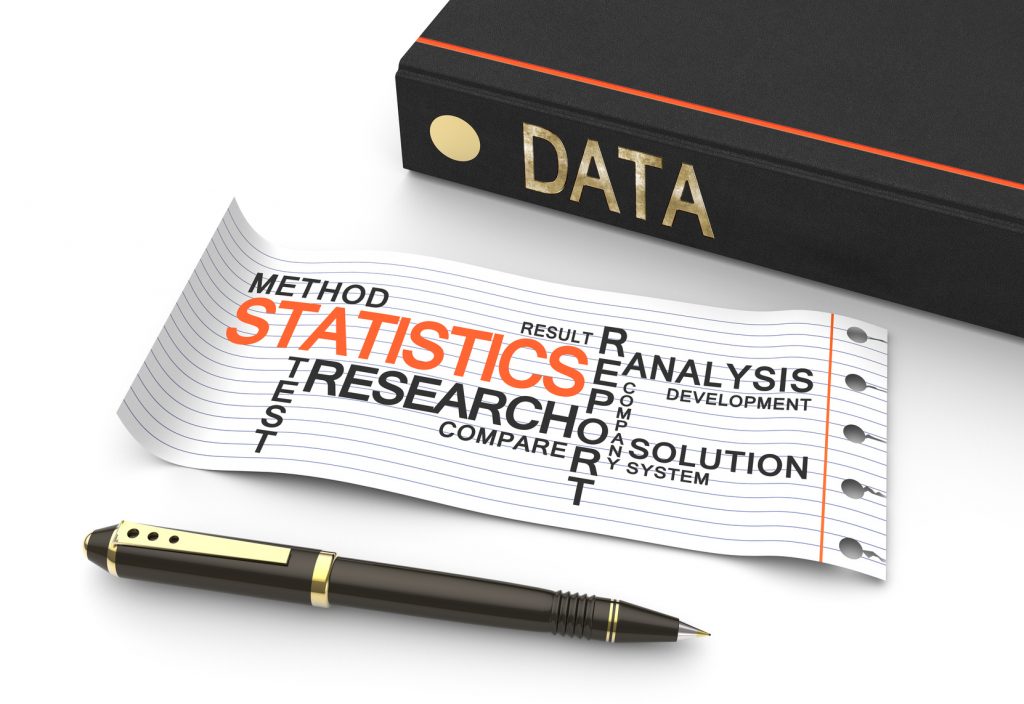In my last blog post I talked about how it’s now possible to automate large parts of your predictive analytics projects, removing the need to get stuck into the complex statistics yourself. In this post I’ll suggest some ways to maximise the chances of your predictive analytics projects being successful.
1. Use a proven analytics methodology such as CRISP-DM
By leveraging the knowledge of expert data analysts, methodologies like CRISP-DM (cross industry standard process for data mining) provide a clear roadmap of the key tasks involved in successful predictive analytics initiatives. In short, methodologies like this make the whole process of planning and monitoring the progress of new analytical applications much more transparent.
2. Focus on business understanding and deployment.
In other words, applications that are not grounded in a solid understanding of the business requirements they are supposed to address are unlikely to make much of an impact. As for deployment, it’s all too easy to get stuck into the data without a clear understanding of how the results are going to make a difference. If the main outcome of your first predictive analytics project is a report, then congratulations, you’ve just completed a research project (and we all know what happens to those). If however, you’re working towards deploying recommendations in real-time to the website or automatically scoring campaign data on a bi-weekly basis then you at least have some sort of end goal in sight.
3. Don’t wait for the perfect data warehouse – consider the full data landscape
If all predictive analytics applications relied on clean, centralised and consolidated data then most of the examples we could talk about would exist firmly in the theoretical realm. So if you are delaying your first project until the database team release the new, pristine, single-view-of-the-customer warehouse, you may have a bit of a wait. Predictive analytics initiatives are often magpie projects: they are characterised by snapshots and samples from islands of data across the organisation. As such cleaning, consolidating and preparing data is grist-to the-mill for most projects of this type. Also, look to other sources of data such as text from call centre notes, web site searches and social media and complaints.
4. Consider integration with other business insight systems (e.g. MI/BI)
One of the problems with predictive analytics applications is the lack of visibility that senior staff and decision makers have of their actual outcomes. As distinct from traditional business intelligence, predictive analytics is characterised by the creation of new data. Instead of KPIs (key performance indicators) predictive analytics generates predictive performance indicators in the form of affinity scores, likelihood values, estimates and churn probabilities. Existing reporting systems and dashboards are often an excellent way to monitor model performance and provide the wider business with an enhanced insight function.
5. How will you know it’s worked?
If it’s worth deploying, it’s worth measuring. The whole point of predictive analytics is to make better, smarter decisions than those driven by random or prescriptive approaches such as business rules. Focus on measuring the benefit – e.g. response rate lift, increased cross-sell, revenue/profit impact – these metrics are the ultimate judge of any new technology’s worth.
6. You may not need to recruit specialists: data–literate, business-focussed people can learn how to do this.
You know your business. But, if you are also used to working with data then you may well find that many of the skills required to drive a predictive analytics project through to successful completion are within your grasp. Thousands of people learn how to work with predictive analytics technology every week and you can always leverage the help of a knowledgeable consultant to guide you through the more involved phases.
“Any powerful idea is absolutely fascinating and absolutely useless until we choose to use it.”


